Search articles
Browse by category

Grenfell Inquiry Report: September 2024
The Grenfell tragedy was a devastating event that must mark a turning point for fire and building safety across the housing and construction sectors
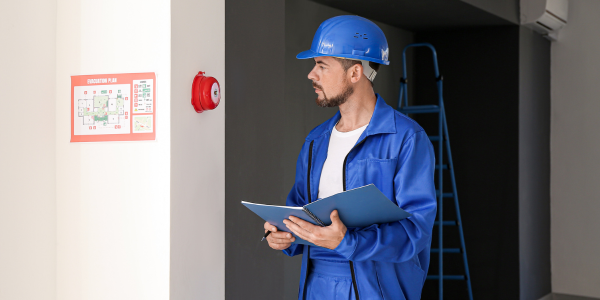
Building Safety Regulator Q&A - UPDATE APRIL 2024
Key building information when registering high-rise residential buildings
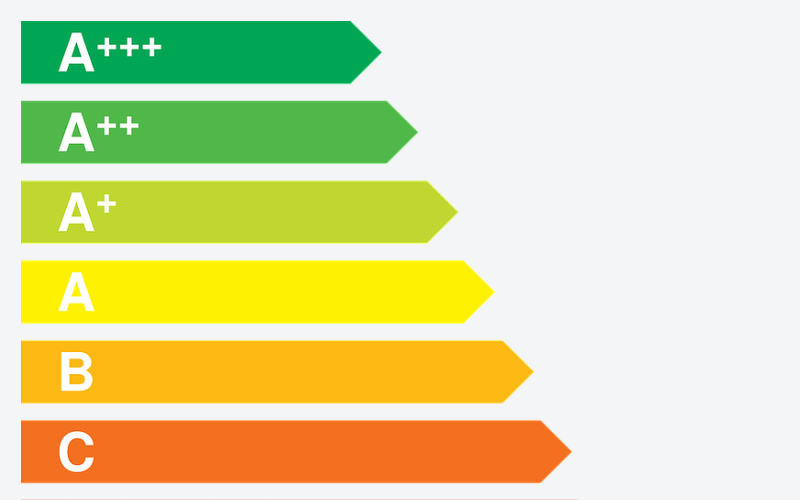
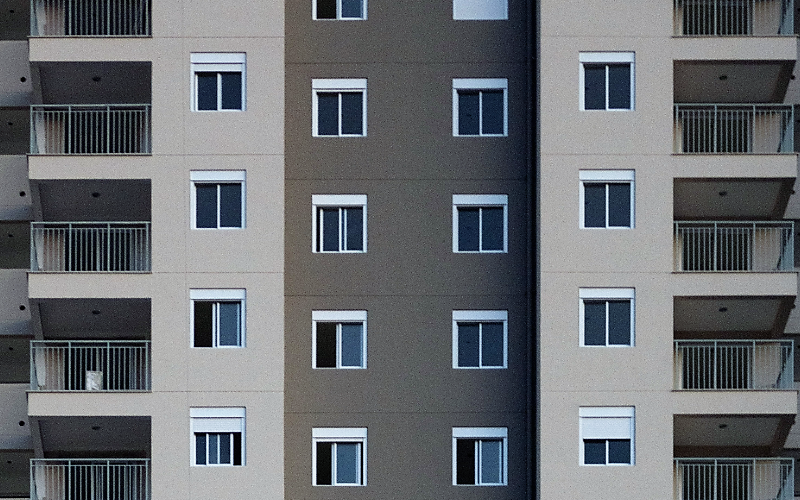
Building Safety Regulator - Q&A Briefing - UPDATED JANUARY 2024
What is happening with the Building Safety Bill?

Fire safety - UPDATED JANUARY 2024
This guide covers social landlords’ responsibilities for fire safety in residential premises, including individual homes, purpose-built blocks of flats and sheltered housing. It does not cover property protection or insurance requirements in the case of fire.

** STOP PRESS** Energy Bills Discount Scheme – Registering Heat Networks
Bulk upload template published (July 2023).
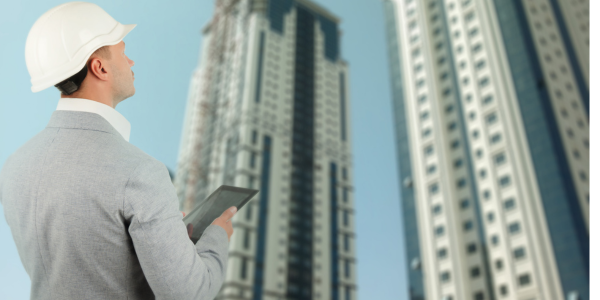
Building Safety – Registering high-rise residential buildings: Update May 2023
The latest Building Safety Q&A compiled by NHMF Best Practice Adviser, Andrew Burke
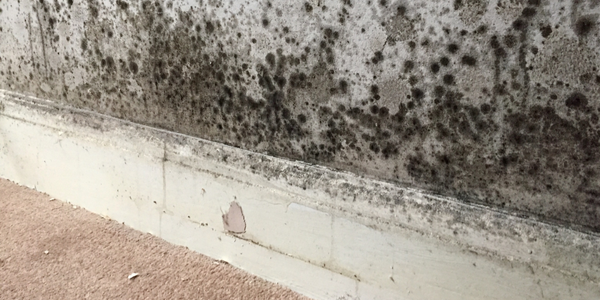
Damp and Mould Q&A
The tragic case of Awaab Ishak demonstrated the serious impact on tenants of living in housing with damp and mould and the effect their health. Reports of damp and mould are likely to increase as residents struggle to afford to heat their homes adequately with higher energy costs, even though these have been restricted by the Government’s price cap and energy bill support scheme.
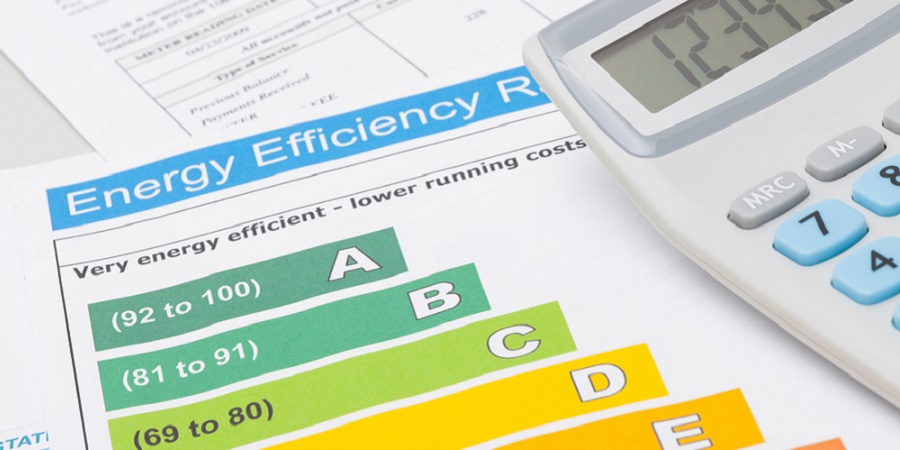
Energy Bill Support – What social landlords need to do now
Energy Bill Support – What social landlords need to do now
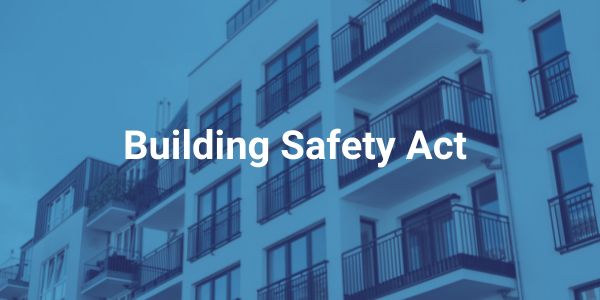
Building Safety Act 2022 – Implications for Maintenance Contracts
The Building Safety Act 2022 (“the Act”) became law on 28 April 2022. So what are the implications for maintenance contracts in relation to the “higher risk buildings” (“HRBs”) that it regulates? HRBs are defined in section 65 (in England, but not Wales) as buildings over 18m or of 7 storeys or more that contain two or more separate dwellings.